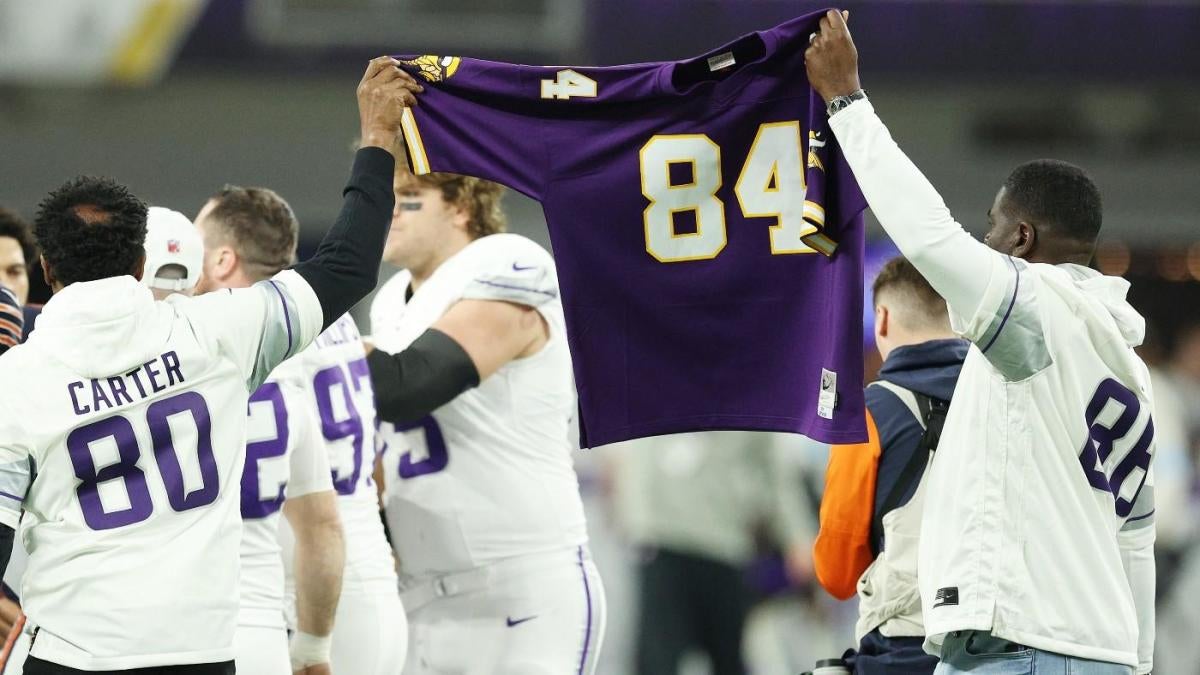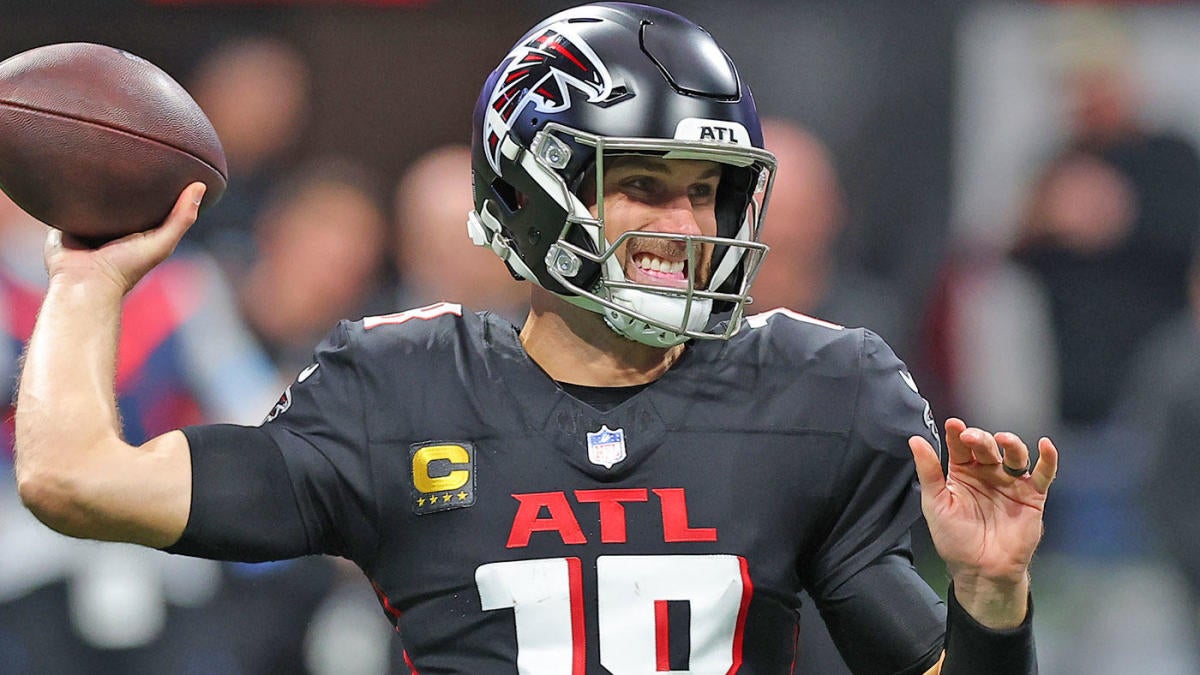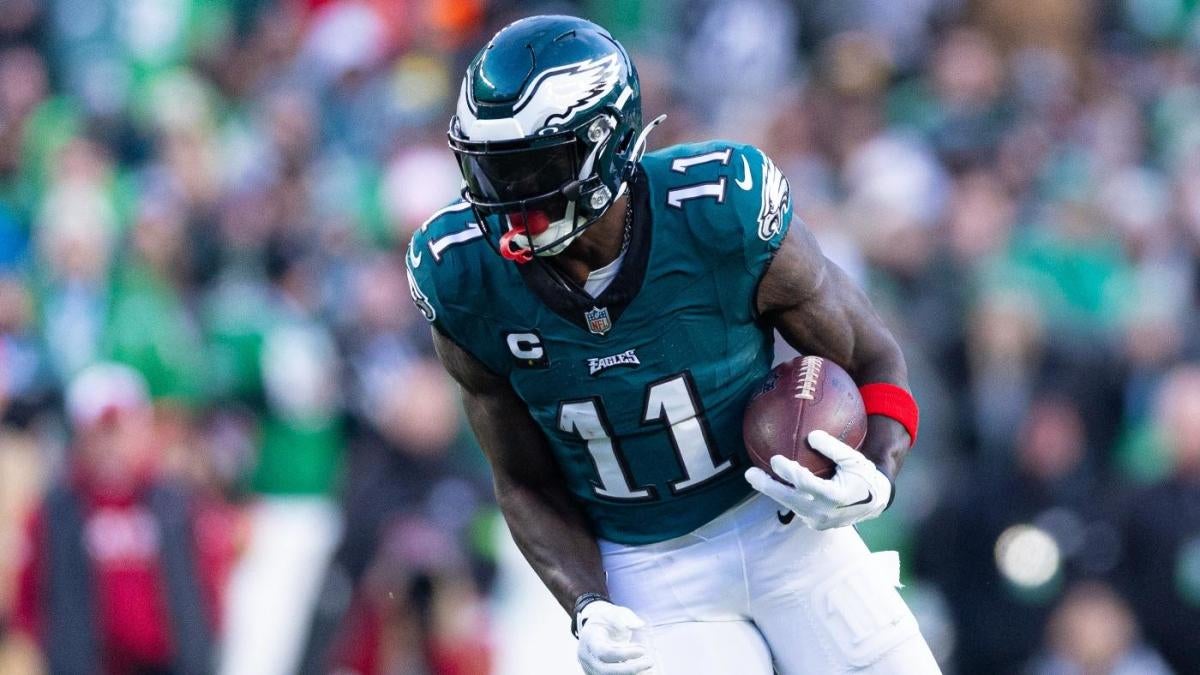The 2023 NFL Draft is over, and depending on your Dynasty Fantasy Football league settings, you may have only a few days — or hours left to go before your rookie drafts. The players drafted on Day 1 will be on everyone’s radar both in redraft and Dynasty leagues, but the draft is always about more than that — and Day 2 and Day 3 picks ultimately define the winning and losing franchises over time. That is also the case for your Dynasty Football rosters. It’s easy to draft Bijan Robinson in the first round of your rookie-only draft, but when you get to Rounds 3 and 4 is where you have the opportunity to really make a difference-making value pick that can shape your Dynasty roster for years to come. That’s what this piece today is all about.
I’ll dive into players from all four positions you can target later in your rookie-only Dynasty drafts. The rules are pretty simple: I will only feature players who were selected on Day 3 or signed as UDFAs — that means Rounds 4-7 plus the undrafted free agents. These are ultimately players I feel were drafted at big-time values, and you can do the same to help your Dynasty roster accrue value. The focus will be less on how the team that drafted them impacts their 2023 value — this isn’t a redraft piece.
Without further ado, let’s dive into these Dynasty gems from Day 3 (Rounds 4-7) you should target in your rookie-only drafts and also in deeper keeper leagues.
My favorite Day 3 draft pick from a Dynasty standpoint was Jones to the Bengals. After evaluating game film on hundreds of prospects this April, Jones stood out above the rest as the best wide receiver not getting a lot of consensus buzz. The drawback with Jones is his size (5-11, 175) and straight-line speed (4.43) but Jones’ game film speaks for itself. He had one of the most diverse release packages off the line of scrimmage of any wide receiver in this class. This specifically allowed him to stack defensive backs as a vertical receiver. Jones is incredibly strong at the catch point at all three levels — high-pointing on the vertical plane and making the difficult catches in traffic over the middle on the short and intermediate routes. He also has a natural feel for where to sit in zone and that helped him become his quarterback’s best friend despite not having much time to build a rapport with him — Jones spent time at Buffalo and Iowa before transferring to Purdue.
If you’re reading this profile and it sounds a lot like a current NFL player you’re right — Jones projects a lot like Tyler Boyd did when the Bengals selected him. Boyd has developed into a consistent producer in PPR leagues, and that’s where Jones can make his mark if the Bengals decide to move on from Boyd or can’t afford to re-sign Tee Higgins.
When it comes to translating from the collegiate level to the NFL level at the running back position, I focus on two advanced metrics — forced missed tackles and yards after contact. These are the sticky stats that tend to translate independent of a running back’s supporting cast. The 6-0, 219 pound running back averaged a whopping 4.28 yards after contact per attempt (per PFF) which was a higher number than some backs averaged overall. He also forced 45 missed tackles despite playing behind Bijan Robinson as the clear-cut backup. There’s not much of a receiving profile here with Johnson, but we’ve seen underutilized backs in college from a receiving standpoint add that to their NFL profile (Jonathan Taylor) and a strong case can be made that if Johnson wasn’t playing behind Bijan at Texas, he would’ve been a second- or third-round NFL Draft pick. Bet on the talent here and enjoy the fact that he’s joining a Bears depth chart that features just Khalil Herbert and D’Onta Foreman. Added bonus: Justin Fields‘ threat as a runner opens up lanes for backs as defensive ends are forced to respect the possibility of Fields keeping the ball instead of crashing and constricting the run lane for the backs.
Fantasy Football Today Newsletter
Know What Your Friends Don’t
Get tips, advice and news to win your league – all from the FFT podcast team.
Scott was one of my favorite sleeper wide receivers in the draft class, so I was disappointed to see where his draft capital fell — all way into Day 3 in Round 4. However, I love the landing spot in Chicago and I can see Scott developing into a better version of Darnell Mooney after a year or two of development. The key is going to be patience with Scott. He’s a former option quarterback and running back turned wide receiver, and when you watch his film you can see that he’s still very raw and new to the wide receiver position. Having said that, all 14 of his touchdowns over the past two seasons were at least 20 yards, and that makes his Fantasy profile very exciting. Scott has breakaway ability to take a simple slant the distance, vertical leaping ability (89th percentile), explosiveness (96th percentile broad jump) and acceleration (80th percentile 10-yard split).
My favorite schematic fit in this draft class was Devon Achane to the wide zone blocking Dolphins, but my second favorite fit was Abanikanda to the wide zone blocking Jets. Abanikinda is exactly what you need for this blocking scheme — one cut, get vertical, run with low pad level and force. At 5-10, 216 pounds, Abanikanda runs with excellent pad level and backs up the size with 4.44 straight-line speed. He racked up 1,431 total yards and 22 touchdowns during the 2022 season alone, so it’s hard for me to understand why he fell so far into the draft. The Jets have Breece Hall ahead of him short- and long term, but this coaching tree has always preferred a committee approach at the running back position, so playing time will be there as early as his rookie season.
Achane and Abanakinda were my favorite schematic fits, but Brown was my favorite pure sleeper in this draft class. When you look at his complete athletic profile and how it translates to the NFL level (faster, stronger defenders), you’d think he had terrible game film. Why else would it take until Day 3 for a team to take a chance on him? However, you throw on tape of Illinois, and Brown is already executing in the run game and flashing in the pass game on a more advanced level than what you’d expect from a pure developmental prospect. As for the athletic profile, the main reason I’m excited about his projection, his closest comparisons, per MockDraftable, are Breece Hall and Bijan Robinson. I wouldn’t be surprised to see him carve out a role with the Bengals in Year 1 and then take over as the 1A in their backfield as early as his second season. And even if the 1B role is more likely given his draft capital, that will still be a valuable role for Fantasy purposes in an offense led by Joe Burrow.
We had to include some tight end love, especially in a tight end draft class that was the most talented by far since I started evaluating draft prospects on a thorough basis about five years ago. Most of the talent was scooped up on Days 1 and 2, but Mallory is a player who fell in the draft due to concerns about his size and ability to play the “Y” tight end position. If there’s one thing we learned about the tight end position for Fantasy Football (and NFL teams), betting on athleticism and traits over production has been the winning formula. He may never be an inline tight end, but he can be utilized as a weapon as a move tight end and H back. Mallory measured in just a tick under 6-5 with 4.54 speed (92nd percentile among tight ends). Oh btw, his 40-yard dash was the fastest of any tight end in this class. He also posted 82nd percentile or better in the broad jump (explosiveness), 10-yard split (acceleration/quickness) and vertical jump (leaping ability/high point). One more fun fact: His father coached Jeremy Shockey and Jimmy Graham when they were on the Saints. Mallory projects as a potential outlet option for a developing quarterback like Anthony Richardson and someone who can maximize his ability to stretch the seam on vertical routes.
Go to Source
Author: Dan Schneier
May 3, 2023 | 11:51 am




























